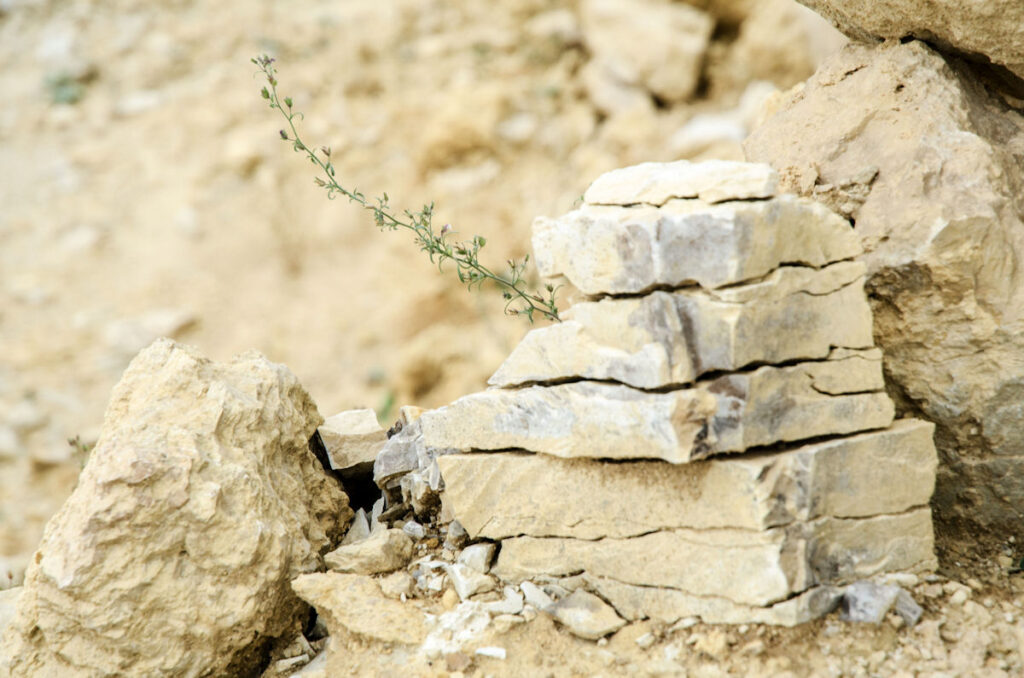How Limestone Makes Whiskey So Good

If you’ve ever enjoyed a glass of Kentucky bourbon or Tennessee whiskey, you’ve tasted more than just corn, yeast, and charred oak. You’ve tasted the land itself. The Bluegrass State and its neighbor to the south owe a significant debt to a seemingly humble rock: limestone.
It’s often said that 95% of the world’s bourbon is produced in Kentucky, and while there are many factors involved in that dominance—history, climate, and tradition—the secret to the region’s liquid gold lies deep beneath the rolling hills.
So, why is limestone such a game-changer for whiskey production? It all comes down to the water.
The geology of Kentucky and Tennessee is characterized by extensive layers of limestone bedrock. As rainwater permeates the ground, it trickles through this ancient bedrock, undergoing a natural filtration process. One of the most crucial roles of limestone in whiskey production is its ability to filter out iron. Iron, which is abundant in many other types of soil and rock, is the nemesis of good whiskey. If iron remains in the water used for distillation and aging, it can react with the tannins in the oak barrels, turning the whiskey an unappealing black color. Even worse, it can introduce bitter, metallic flavors. Limestone, rich in calcium carbonate, naturally reacts with and removes the iron from the water, ensuring the water is pure and iron-free before it even hits the distillery.
While filtering out the bad, the limestone is busy adding the good. As the water passes through the rock, it picks up essential minerals, primarily calcium and magnesium. This results in “hard” water that is naturally alkaline and slightly sweet. These minerals are vital for the fermentation process. Calcium and magnesium are nutrients for the yeast, helping the yeast thrive and work efficiently to convert the sugars in the mash into alcohol. A robust fermentation leads to a cleaner, richer, and more complex spirit.
The limestone-filtered water doesn’t just benefit the fermentation; it contributes significantly to the final flavor profile of the whiskey. The resulting spirits are often characterized by a smooth mouthfeel and a subtly sweet taste. This unique water profile is so integral to the region’s bourbon and whiskey that it’s a defining feature. Many distillers in Kentucky and Tennessee will tell you that their water source is as important as their grain recipe.
The relationship between the region’s geology and its whiskey is a powerful example of terroir—the idea that a place’s specific environment contributes a unique flavor to the products made there. In the case of Kentucky and Tennessee, it’s not just the water that flows through the region, but the very rocks that make it so special. Consider limestone the silent partner behind the smoothness.

Leave a Reply
Become an insider and receive weekly advice, tips, and insight on all things whiskey
.
Weekly tips, reviews and recommendations to help you enjoy whiskey life to the fullest.
JOIN THE LIST
Sippin' With Jordan Davis
sippin' with the stars
Million Dollar Cowboy Bar WY
old fashioned aF
5 Steps To Sip and Savor Whiskey
whiskey 101
COMMENTS